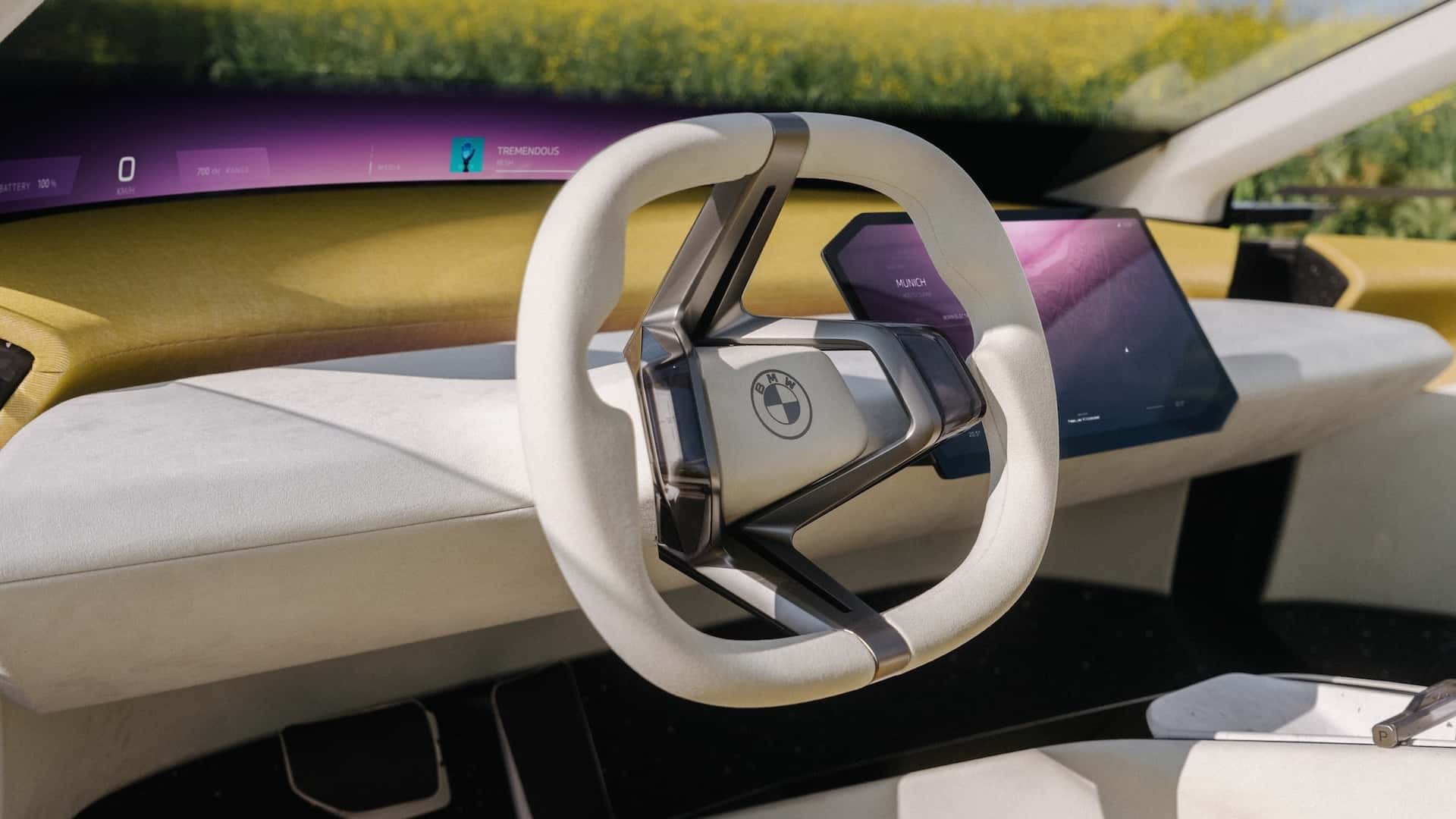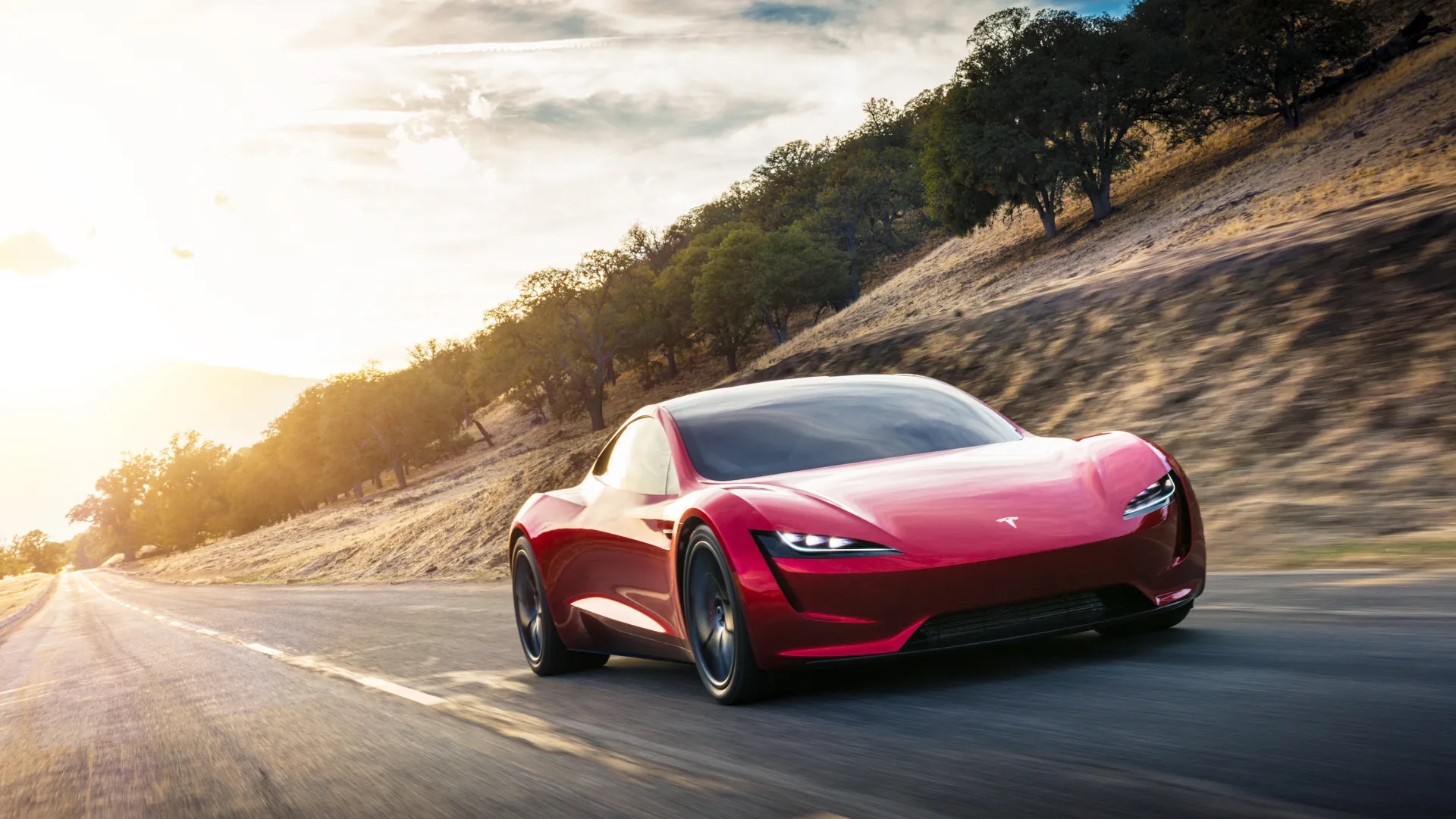BMW has announced a partnership with Amazon to utilise their cloud computing technology for the development of their semi-autonomous driver assistance system. This advanced driver assistance system (ADAS) will be integrated into BMW’s upcoming Neue Klasse electric cars, set to debut in 2025. This move underscores a broader trend among traditional automakers aiming to enhance their vehicle technology, especially ADAS, to remain competitive with Tesla.
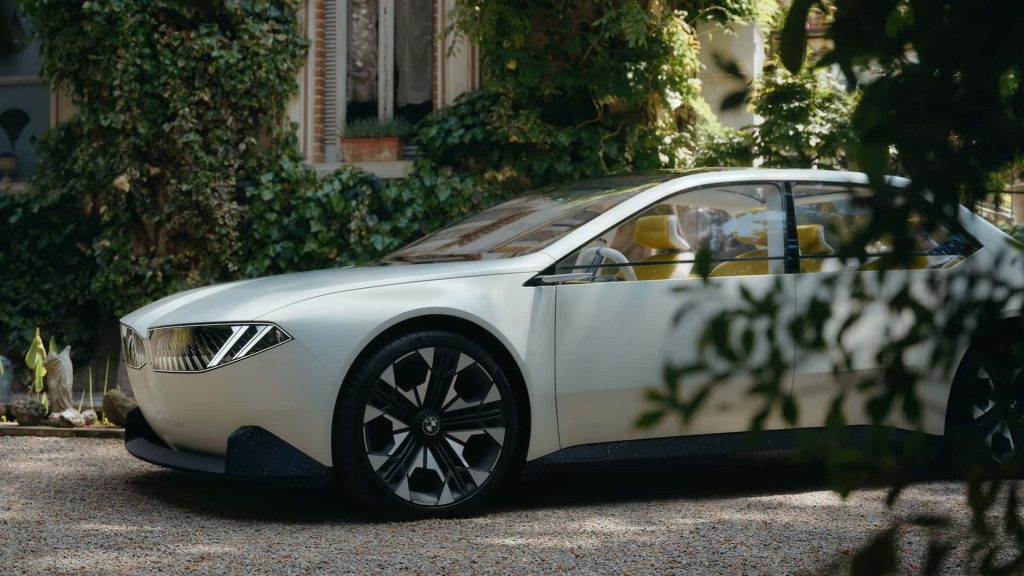
ADAS encompasses software systems designed to assist drivers with tasks like lane changes and parking, and automakers are progressively introducing more such features as they progress toward autonomous driving. Tesla’s ADAS, known as Autopilot, serves as an example of this trend.
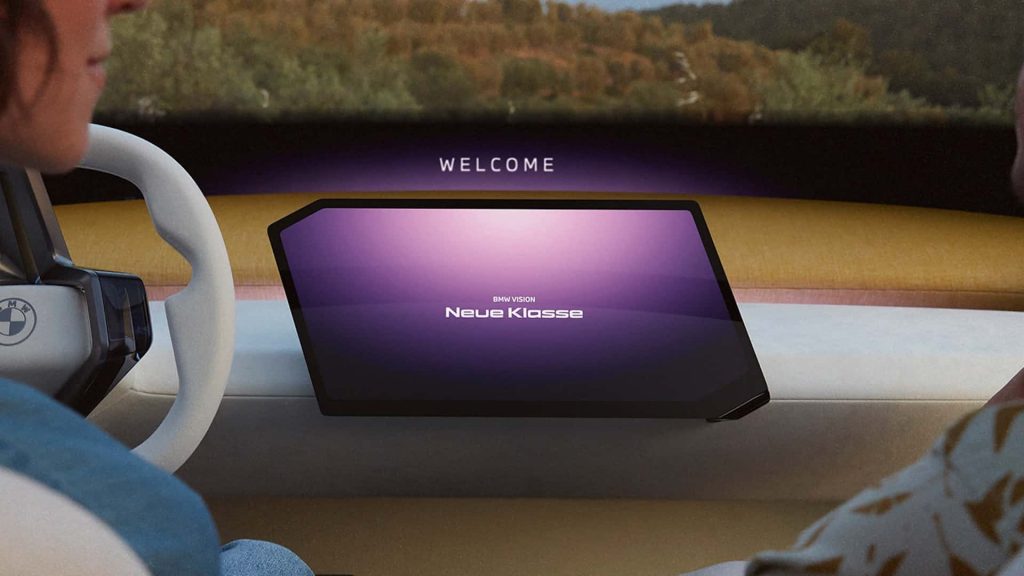
The effective functioning of ADAS relies heavily on data processing, given the essential hardware components like cameras and semiconductors. Artificial intelligence plays a pivotal role in these assisted driving systems.
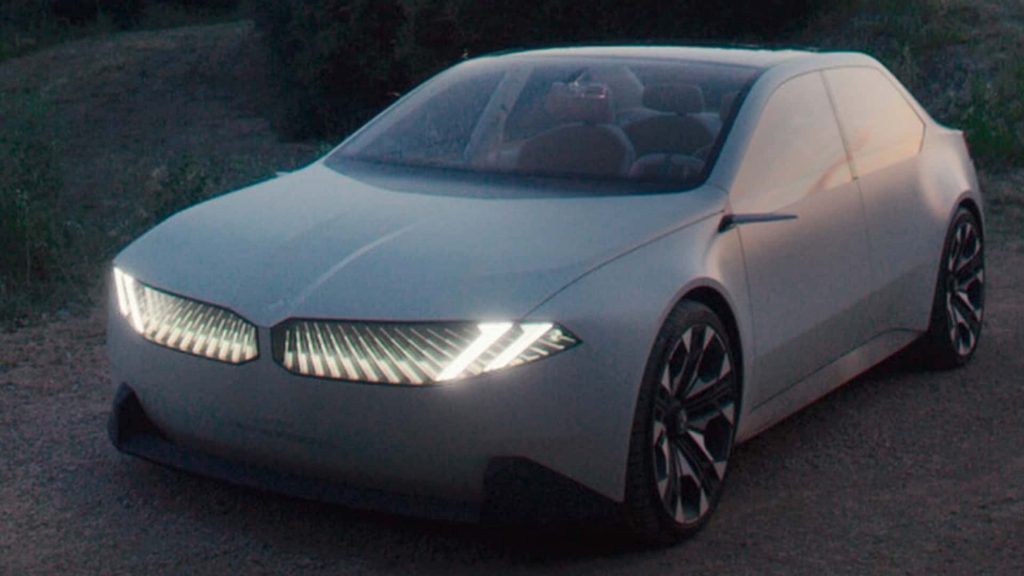
This is where Amazon Web Services (AWS) steps in. BMW will leverage AWS’s cloud servers to store and process the extensive data required for ADAS. As autonomous driving capabilities advance, the need for more data storage and processing will continue to grow.
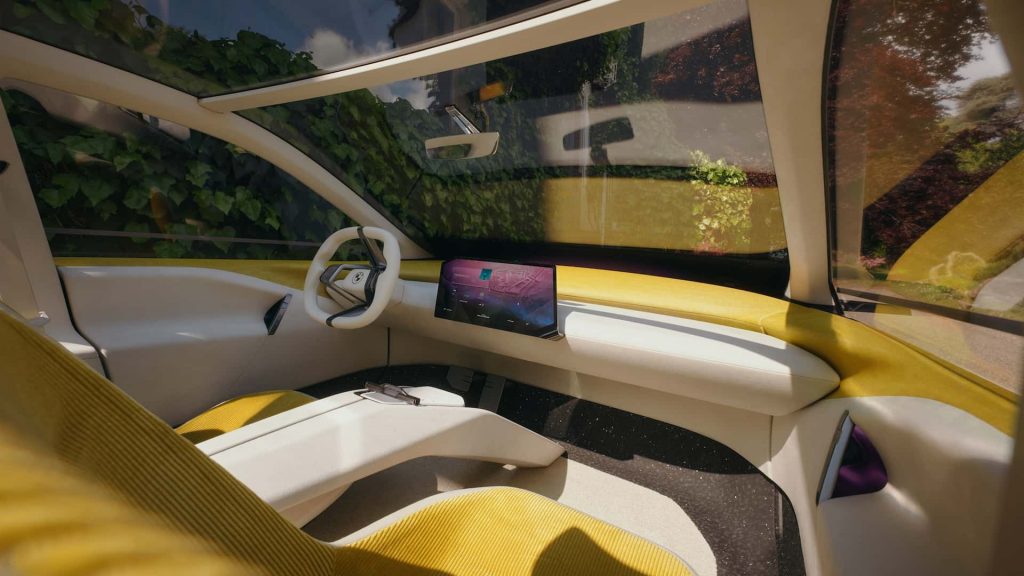
Developing these features in the cloud offers several advantages for BMW. It enables faster software updates and facilitates the training of new AI models to perform increasingly complex autonomous driving tasks. In theory, these new features can be conveniently downloaded to the vehicle over the internet.
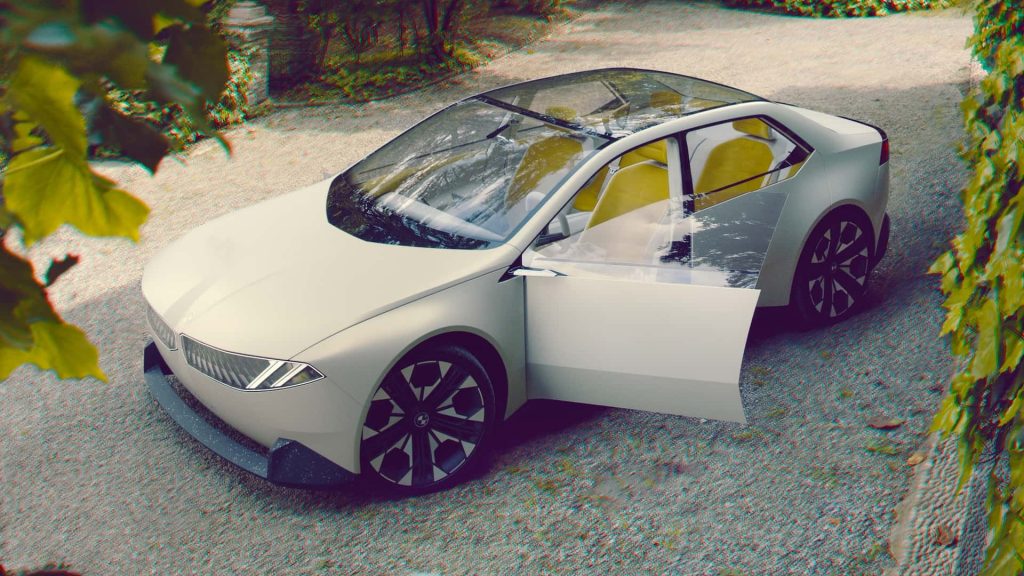
Wendy Bauer, General Manager of Automotive and Manufacturing at AWS, emphasized the significance of this approach, stating, “Implementing these systems on the BMW Group’s international scale requires an approach that can process and analyze vast amounts of data, as well as learn and innovate, so automakers can develop safer and more reliable automated and ADAS systems.”

Additionally, BMW disclosed its plan to utilise Qualcomm’s Snapdragon Ride platform, a specialised set of chips, to power its ADAS starting in 2025. This move represents another step forward in BMW’s pursuit of advanced driver assistance technology.




